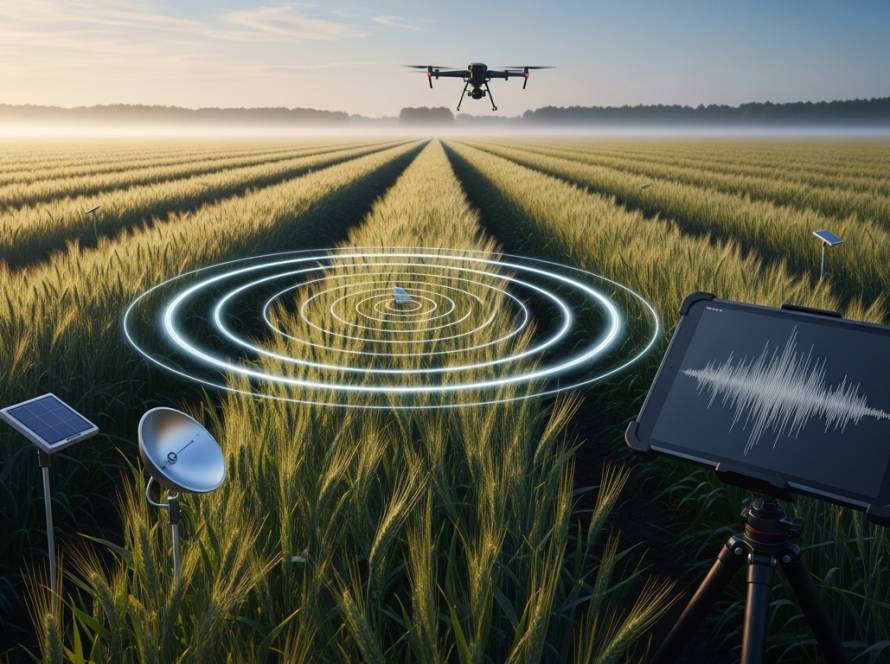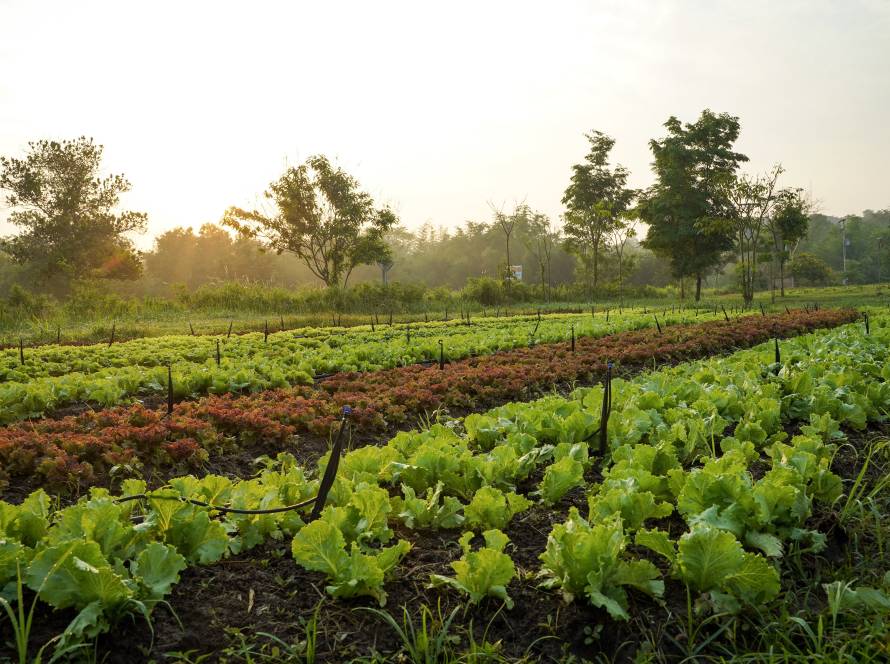In a world longing for nature, a new agricultural awakening is emerging, one that listens to the voice of the soil. A powerful resistance is rising against chemical inputs, genetically modified organisms, and standardized crops. This movement has a name: native and heirloom seeds.
In this article, we will explore in detail why native seeds, which carry the abundance of the past into the future, are so vital, why they are experiencing a resurgence, and the impacts of this transformation on society, the environment, and the economy.
What Are Native and Heirloom Seeds?
Heirloom seeds are those passed down from generation to generation, non-hybrid, non-genetically modified, and grown entirely through natural methods. These seeds are resilient varieties that have adapted to the climate, soil, and ecological conditions of their region, capable of thriving without the need for chemicals.
Native seeds, on the other hand, are specific to a particular geography, preserving genetic diversity and reflecting the agricultural culture of that region. Heirloom seeds are considered among the most valuable of native seeds.
Why Are They Making a Comeback?
1. Growing Interest in Clean Eating
More and more people want to know what they’re eating. As demand increases for pesticide-free, nutrient-rich produce, interest in native seeds is rising. Fruits and vegetables grown from heirloom seeds tend to be more aromatic, more natural, and more nutritious.
2. Preserving Ecological Balance
Industrial agriculture is a system that disrupts soil structure and threatens biodiversity. In contrast, native seeds work in harmony with nature. Instead of monoculture, they promote diversity, supporting the habitats of bees and other pollinators.
3. Protecting Genetic Heritage
Every native seed carries the wisdom of thousands of years of agricultural knowledge, climate adaptation, and natural intelligence. Preserving this heritage is not just an agricultural act—it is a form of cultural resistance and a responsibility to future generations.
4. Empowering Rural Economies
When seed production moves out of the control of large corporations and back into the hands of farmers, local development gains momentum. Farmers can sustain their own production cycles without having to purchase new seeds each year.
Seed Banks and Local Initiatives
Across Turkey, many municipalities, NGOs, and individual entrepreneurs are organizing seed exchange festivals, local seed banks, and workshops to preserve native seeds. For example:
- The Seferihisar Seed Exchange Festival has become a symbol of the native seed movement.
- The Buğday Association carries out important work to promote natural farming practices.
- Kadim Tohum draws attention with its native seed collection and educational activities.
Sowing the Future: Our Role
The future of native and heirloom seeds is not only the responsibility of farmers—it’s up to all of us. Here’s what we can do as individuals:
- Shop from local producers.
- Grow your own vegetables using native seeds.
- Join seed exchange festivals and share seeds.
- Get involved in community-supported agriculture projects.
- Share knowledge and raise awareness.
The Future Lies in the Past
The revival of native and heirloom seeds is more than just an agricultural trend; it’s an awakening, a consciousness, a path to building the future. If we want to reclaim control over our food, feel the rhythm of the soil, and live in harmony with nature, we must start with the seed.
Remember: a seed is not only the beginning of a plant—it is the beginning of the future.





